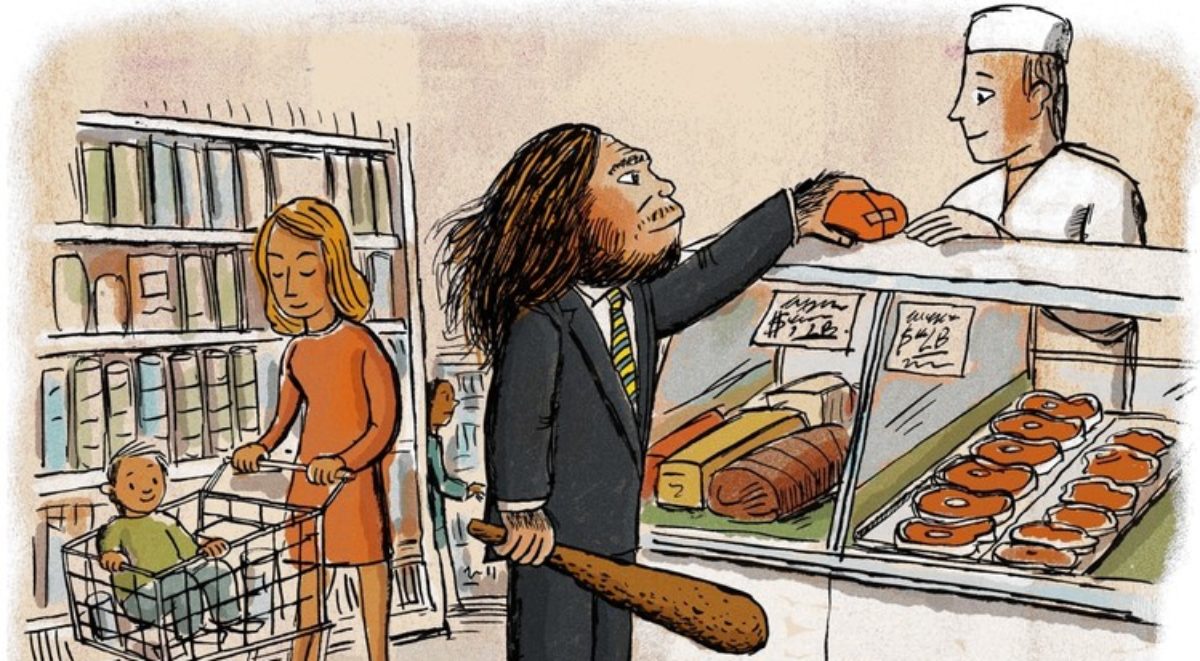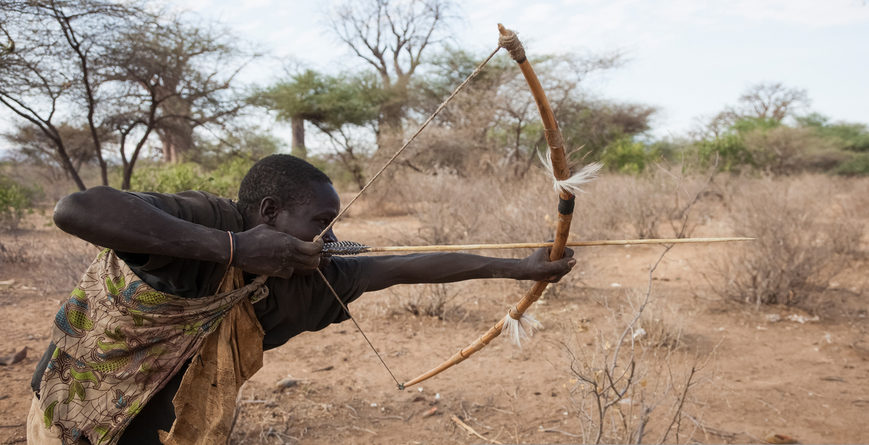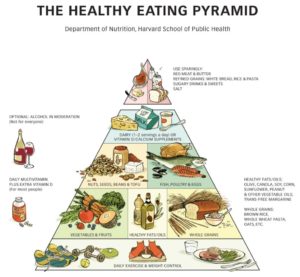Halfway through the book, the author takes us back to the topic of the paleo diet discussed in Chapter 1. One of the major points of the paleo diet is to not consume grains because supposedly they were not eaten by our prehistoric ancestors before the rise of agriculture 10,000 years ago.
From the get-go, the author bursts this paleo bubble through accounts of scientific evidence.
- Anna Revedin’s findings of starch grains from plants on the grinding stones from 30,000-year-old archeological sites in Italy, Russia, and Czech Republic.
- Amanda Henry found plaque on the teeth of Neandertals that was identified to be from heated grass seeds, a.k.a., cooked starches.
Dr. Zuk states how she does not want to get into the issue of discussing which dietary fad is healthier. She does though brings up a U.S. News and World Report report on which diet plans were the healthiest based on physician and food science professor’s expertise. Out of 20 diet plans, paleo came in dead last.
She moves on to discuss what did our early human diet really subsist of. From surveying 478 groups from across the globe, it was found that whether you rely on “primarily on plant as opposed to animal foods depends on where in the world you live.” In addition, even with the groups that get more of their diet from hunting and fishing, nearly a third of their diet comes from plants. Another big distinction was whether the group used bows and arrows for hunting or not. Ancient humans would only have been able to increase their intake of meat only after new technology was created, a mere 30,000 years ago. So contrary to paleo belief
- The earliest humans did not have meat-only diets that they were adapted to eat
- Our ancestors’ diets changed dramatically and repeatedly over the last thousands of years
Even if we wanted to eat a true paleo diet, it would prove to be very difficult. Since we have domesticated animals, meats that we eat today are not as lean as those eaten by our ancestors. In addition, the vegetables that we eat today have been genetically modified and barely resemble the plants that early humans would have eaten.
With more discussion on the genetics behind our diets, Dr. Zuk drives home that preagricultural humans varied from a uniform hunter-gatherer identity and that our microbiome and diet have evolved in the many thousands of years.



